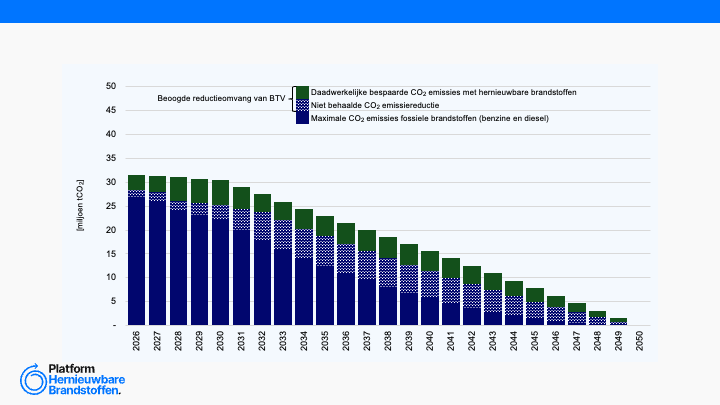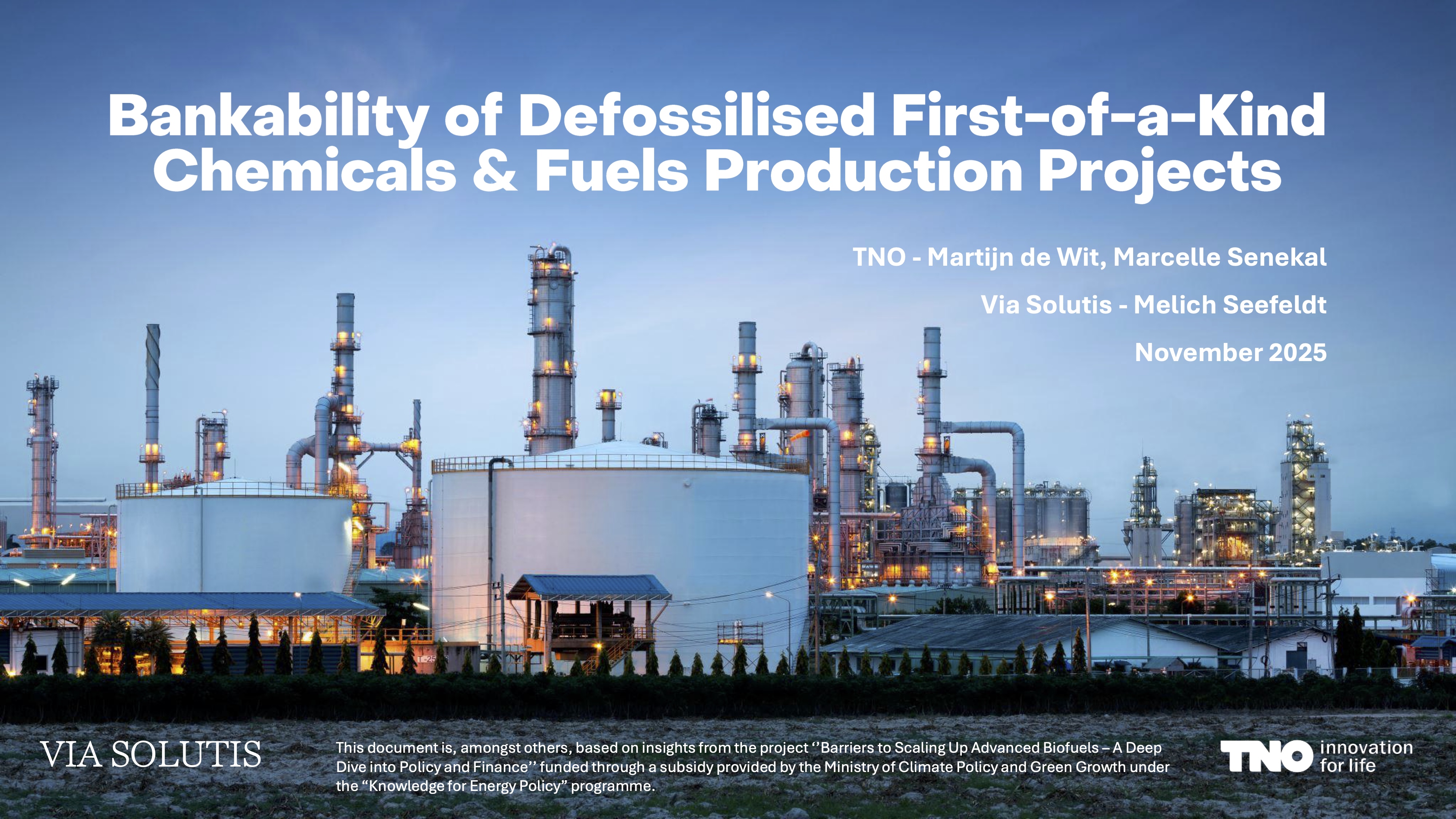Pathways to Sustainable Shipping

This study by American Bureau of Shipping (ABS) “examines how the development of global trade will impact global emissions” from shipping. It starts by introducing the emission regulations in place and efforts from the shipping sector. It then identifies “three fuel pathways to achieve the IMO’s emission reduction targets towards 2050:
- light gas fuels,
- heavy gas and alcohol fuels, and
- bio/synthetic fuels”.
It finds that the choice of fuel would ultimately be based on the type of vessel, its trading route and its requirements for bunkering and cargo capacity.
The study analyzes different options of low and zero-carbon fuels and finds that those fuels with a low volumetric energy content (methanol, ammonia or hydrogen) may require vessels’ redesign in order to be used as primary fuels. This is because their lower energy content limits the amount of fuel energy that can be stored, making them (at the moment) suitable for vessels and/or routes that allow frequent refueling only. Other options like liquid fuels from biomass can achieve properties comparable to diesel oil, which allows them to be used as drop-in biofuels. That is, they require minimal or no changes in marine engines and their fuel delivery system, making them attractive options in the short term with low investment costs. LNG can also “be combined with new technologies and/or operational measures to meet the 2030 emission-reduction goals and it can contribute to further reductions in the future if blended with bioLNG or SNG/RNG”. The study highlights that electro-fuels from biomass could be produced using renewable energy, which would reduce their carbon footprint. This could be applied to the production of bio-LNG, bio-methanol or renewable diesel.
Despite there being various fuel options available, the study finds that the transition“is likely to increase the cost of vessels and their operation in the medium term, until the associated technologies for fuel production, distribution, bunkering and on-board use become more cost effective”. This means that most low carbon options will not be completely marketable by 2050. In order to guarantee a wider adoption in larger vessels, more technological innovation will be required, together with cost reductions associated with economies of scale. Therefore, the study finds that petroleum-based fuels will still have a considerable market share (40%) by 2050. This would require the use of carbon capture and sequestration systems if the IMO targets are to be achieved.
The study concludes that based on the projected fuel mixes, “shipping can meet the IMO’s target to reduce CO2 emissions per transport work (gCO2/dwt/nm) by 70 percent by 2050, relative to 2008. However, to achieve a 50 percent reduction in absolute CO2 emissions (ton), the market share of petroleum fuels will need to be further reduced by 2050 (below 40 percent)”.
More information on the low carbon shipping programme on ABS, click here.
Recente artikelen
Analyse brandstoftransitieverplichting

Nederlandse industrieclusters presenteren bidbook: Een basisindustrie om op te bouwen: nu & in de toekomst



